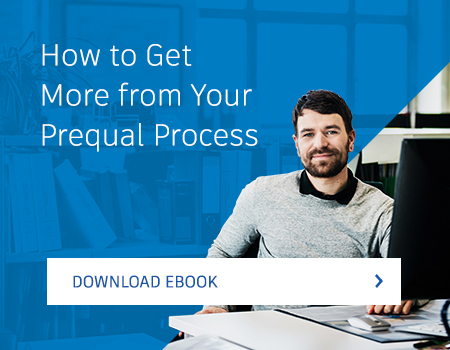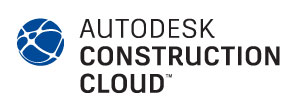
When it comes to your subcontractor prequalification workflow, the term “successful” can mean many things. Let’s be clear: as construction management firms are asked to take on more complex jobs and complete them in less time, success hinges on the ability to identify and mitigate subcontractor risks well before a project starts.
Achieving success doesn’t mean abandoning your current workflow, but, rather, optimizing it. By using technology strategically and adhering to a few key principles, you’ll be able to use your time more efficiently and truly maximize the benefits of your prequalification program. Click below to download the ebook.
1. Customization Saves Time
Regardless of whether you use a homegrown system, a prequalification service or prequalification software, you should tailor it to fit your organization’s specific needs. There are thousands of general contractors in the United States alone, all completing different types of work. By customizing the prequalification process to fit your needs, you remove irrelevant steps that cost precious time in an already labor-intensive process.
Take Barton Malow, a national commercial contractor based in Southfield, Michigan. Because the company’s old prequalification system was developed in-house, it was difficult to maintain, unable to integrate with other tools, and couldn’t adapt to the changing technological demands of the company and the industry. There was no automation between the risk management and estimation processes, leading to workflow inefficiencies between teams.
By switching to TradeTapp and customizing the platform to its needs today, Barton Malow eliminated several outdated and unnecessary steps from its prequalification process. As a result, the team estimates that they have eliminated at least 4 weeks of work from their prequalification process, helping them move faster than ever before.
2. Automation Optimizes Time
As much as we’d all like to, we can’t create more time: it’s a fixed resource. If your team spends 20 hours a week focused specifically on prequalification, you need to optimize that time. By automating as much manual work as possible, your team can spend less time reminding subcontractors about pending applications, searching for backlog information in a separate system, or even just taking the time to put together qualification status paperwork and send it out to whoever needs it.
Instead, they can focus more on improving risk identification and mitigation—or activities that will have a long-term impact on the success of your program and business.
3. Integrations Evangelize What You Do
If your prequalification solution sits outside of your preconstruction tech stack, you’re working against yourself. By putting crucial prequalification information in the hands of others within your department and organization, you encourage everyone to think about risk when making decisions.
For example, by making your risk data readily available in the platforms your estimators use every day, they can keep risk top-of-mind and make the most informed decisions possible when awarding work.
Get More From Your Subcontractor Prequalification Process
In our latest guide, “How to Get More From Your Prequalification Program,” you’ll learn how to maximize the benefits of your process and better prepare your firm for the future while maintaining the integrity of your current risk methodology.
You’ll learn proven techniques to customize, integrate, and automate your prequal process, as well as:
• How to improve subcontractor response rates with better prequal forms
• Why it’s important to embrace a project-based approach to risk mitigation
• How to introduce a risk-conscious mindset outside your risk team

.jpg)

